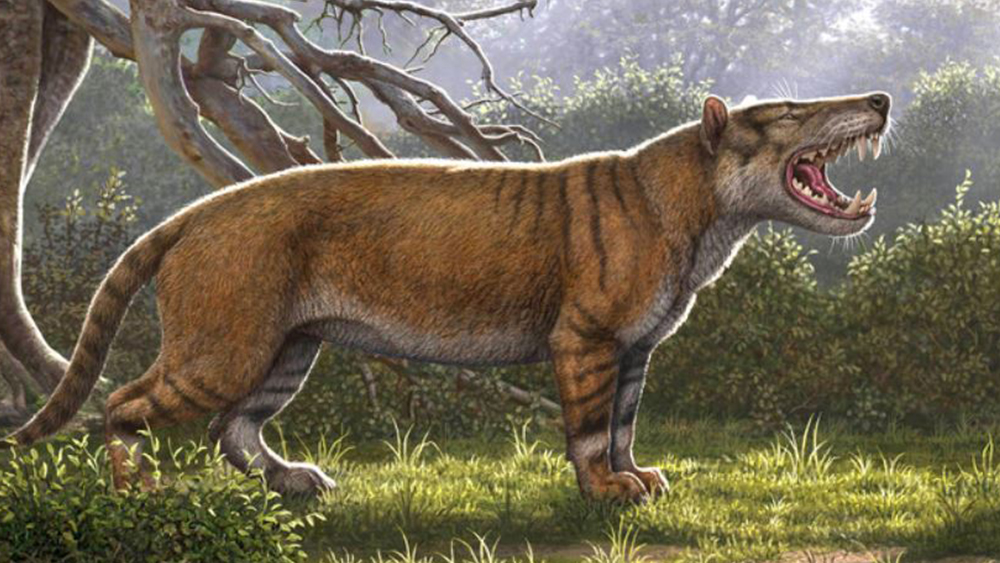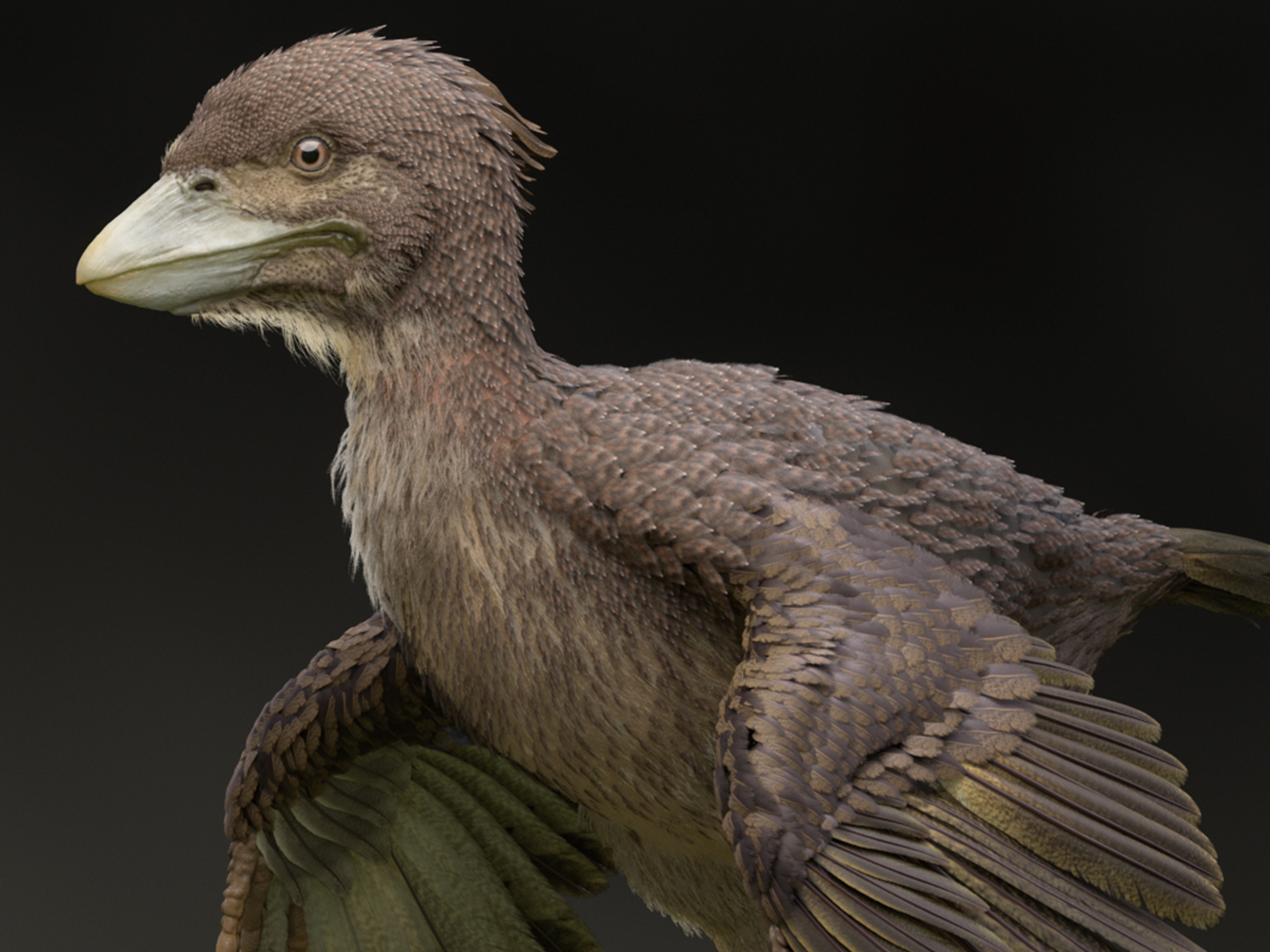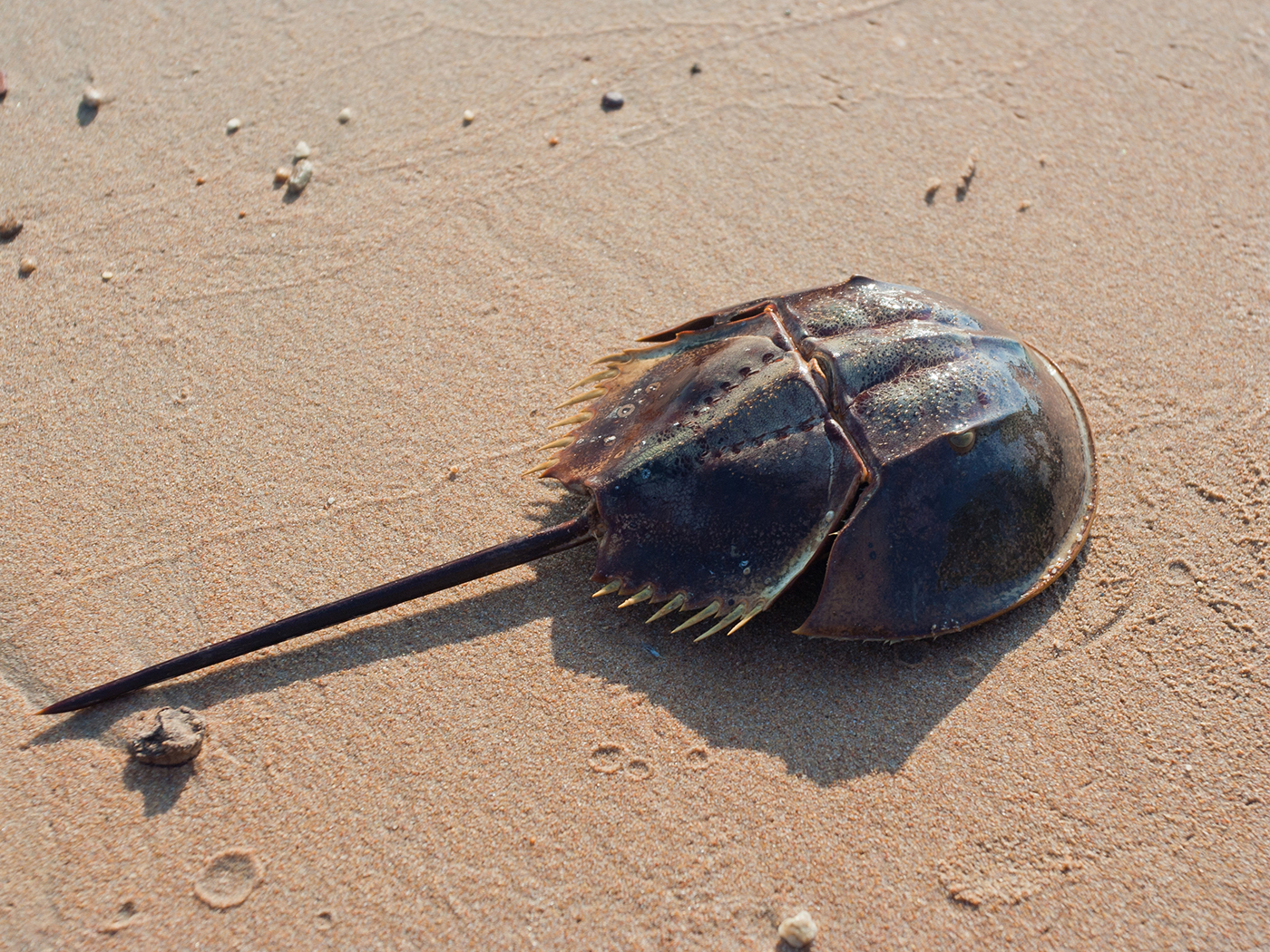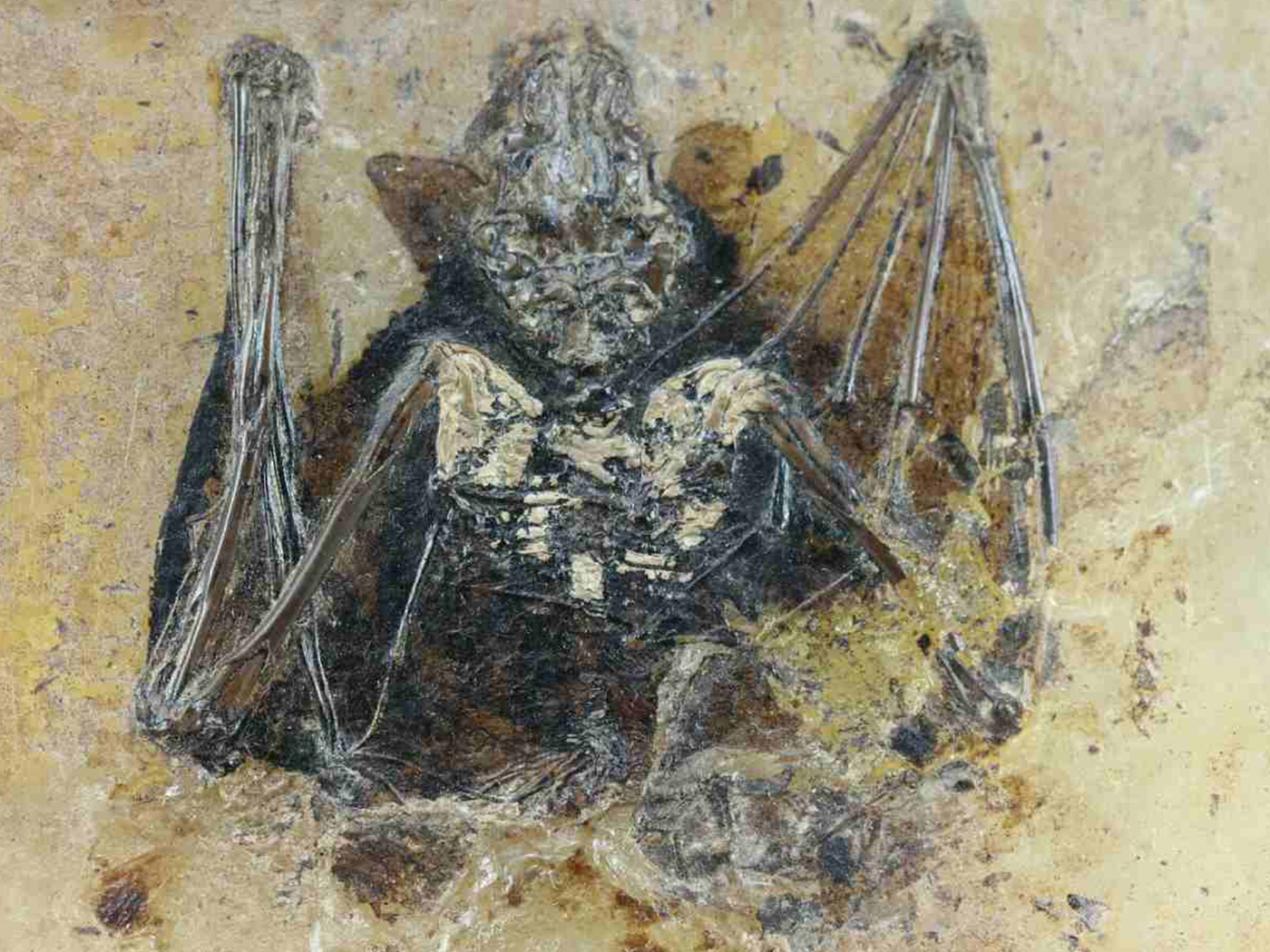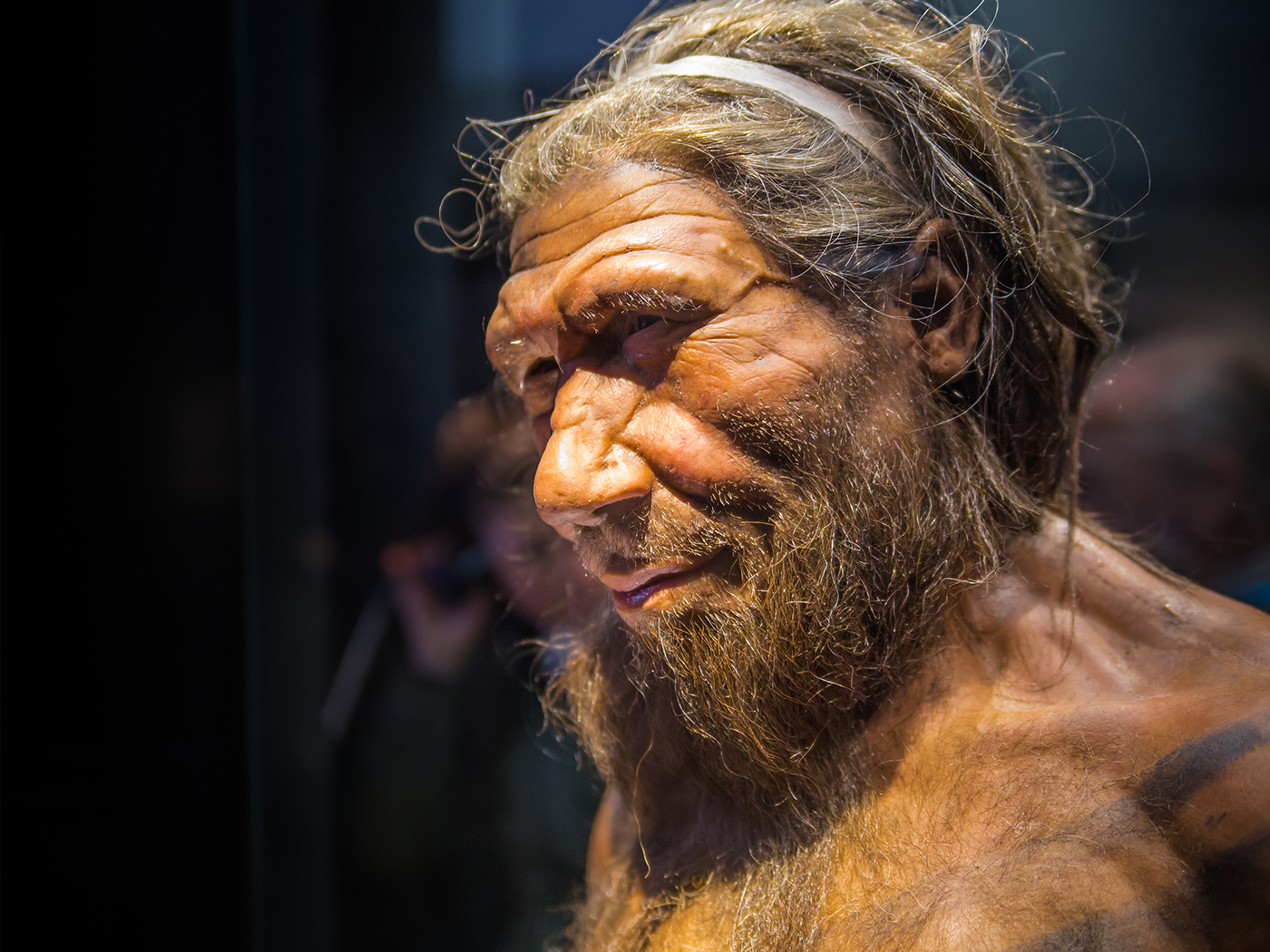Paleontologists just discovered a fossil of a new type of extinct ferocious-looking mammal that’s bigger than any lion or tiger living today.1 This bizarre creature highlights the amazing diversity of lost mammal species that were preserved as fossils in sedimentary rocks deposited during Noah’s Flood. Discoveries like this continue to debunk the evolutionary myth of “simple to complex” that we should find throughout the history of life if evolution is true. Instead, the past 150 years of paleontology has shown that a greater level of organismal diversity existed in the past than what is alive today.
The newly found creature has been called Simbakubwa kutokaafrika and is classified as a Hyainailourine hyaenodont—a group of creatures that are among the largest carnivorous land mammals known, although they are not placed in the order Carnivora. This creature is even larger than a polar bear, with a skull as big as a rhinoceros’ and huge piercing canine teeth. Despite the sharp teeth, these creatures lacked bone-crushing molars and were thought to do more tearing and shredding than grinding. Their paws lacked the rotational ability of cat paws and were more wolf-like, as were their overall skeletons.
The newly described fossil was discovered in the drawer of a museum, and had actually been dug up in Kenya over three decades ago, as researchers were searching for evidence of fossil apes. The creature was found in early Miocene strata and is allegedly about 22 million years old according to evolutionary dating. As the secular story goes, “Hyaenodonts arose in Asia in the late Paleocene and quickly spread across the northern continents in the early Eocene.”2 The terms “arose” and “quickly spread” are evolution-speak, meaning that this unique group of critters appeared suddenly all over the world with no evolutionary precursors.
In the creationist model of global Flood fossil deposition being developed by ICR scientist Dr. Tim Clarey, hyaenodonts would have been buried late in the flood along with other creatures living at higher elevations in more temperate environments including many other mammals, birds, insects and even many plant species. This global Flood model uses thousands of data points from oil wells and rock outcrops all over the world. The model clearly confirms the original prediction of the correlation of rock layers laid down in the Flood by ecological zonation rather than evolution—a prediction made by ICR founder, Dr. Henry Morris II. Dr. Morris stated in 1996, “The vertical order of the strata is thus primarily a function of vertical elevation of environmental habitat, and not evolutionary progress.”3
The fact that many of these more temperate-zone creatures are not only buried in these Cenozoic Flood layers, but making their first appearances in these rocks as well, convincingly supports the geological data of Dr. Clarey showing that the end of the Flood is depicted in the upper Cenozoic near the Pliocene-Pleistocene boundary.4,5 Not only did Dr. Henry Morris II also predict an ecological zonation model of the Flood, but he also accurately surmised a Flood boundary in the upper Cenozoic.3 Indeed, even evolutionists are now claiming a massive sixth extinction event at the top of the Cenozoic in the Pliocene.6,7 From the fields of structural geology, ecology, and paleontology, it’s clear that the fossil record of the Flood is represented throughout most of the geological column with the exception of the Pleistocene, which fossils are primarily post-Flood Ice-age deposits.
So how do we put this new Hyaenodont fossil discovery in the context of a creation model? And why aren’t these ferocious animals roaming the earth today? The Bible tells us that breeding pairs of various animal kinds were brought onto Noah’s Ark and then released after the flood. Hyaenodonts—in some form—were likely among these creatures, but because their vicious and predatory nature represented a threat to humans, and especially livestock, they were thus likely hunted to extinction.
This discovery highlights the amazing initial diversity of life present in the pre-Flood era descended from the original created kinds. ![]()
The fact that these creatures appeared suddenly all over the world with no evolutionary precursors or transitional forms, like every other creature type, not only debunks evolution, but highlights the amazing initial diversity of life present in the pre-Flood era descended from the original created kinds.
References
1. Borths, M. R. and N. J. Stevens. 2019. Simbakubwa kutokaafrika, gen. et sp. Nov. (Hyainailourinae, Hyaenodonta, ‘Creodonta,’ Mammalia), a gigantic carnivore from the earliest Miocene of Kenya. Journal of Vertebrate Paleontology. DOI: 10.1080/02724634.2019.1570222.
2. Prothero, D. R. 2017. The Princeton Guide to Prehistoric Mammals. Princeton, NJ: Princeton University Press.
3. Morris, H. 1996. Many Infallible Proofs. Creation and the Flood. Green Forest, AK: Master Books, 298.
4. Clarey, T. 2018. Data Leads to Correct Post-Flood Boundary. Creation Science Update. Posted on ICR.org July 17, 2018, accessed April 20, 2019.
5. Clarey, T. L. 2017. Local Catastrophes or Receding Floodwater? Global Geologic Data that Refute a K-Pg (K-T) Flood/post-Flood Boundary. Creation Research Society Quarterly. 54 (2): 100-120.
6. Thomas, B. 2017. Newly Discovered Sixth Extinction Rewrites Geology. Creation Science Update. Posted on ICR.org July 17, 2017, accessed April 20, 2019.
7. Pimiento, C. et al. 2017. The Pliocene marine megafauna extinction and its impact on functional diversity. Nature Ecology & Evolution. 1(8): 1100-1106. doi: 10.1038/s41559-017-0223-6.
Stage image: Hyaenodont
Stage image credit: Illustration by Mauricio Anton. Used in accordance with federal copyright (fair use doctrine) law. Usage by ICR does not imply endorsement of copyright holders.
Dr. Jeffrey Tomkins is Director of Life Sciences at the Institute for Creation Research and earned his Ph.D. in genetics from Clemson University.




